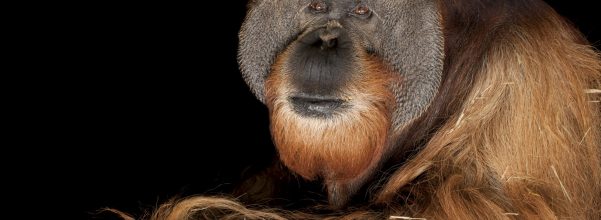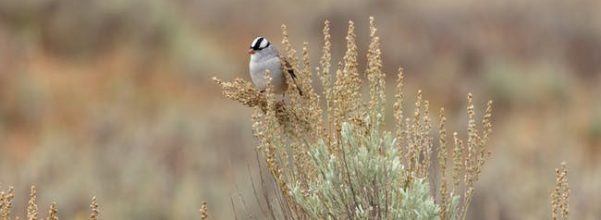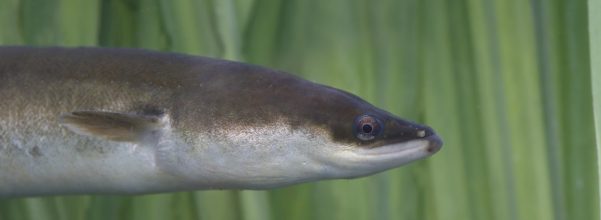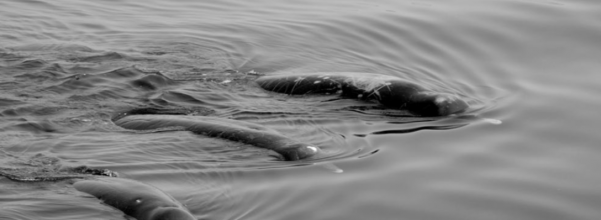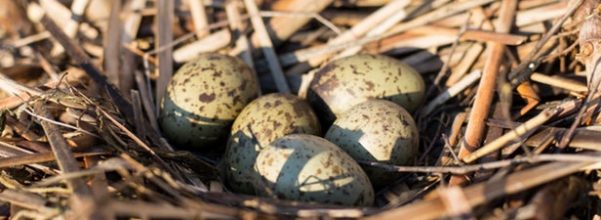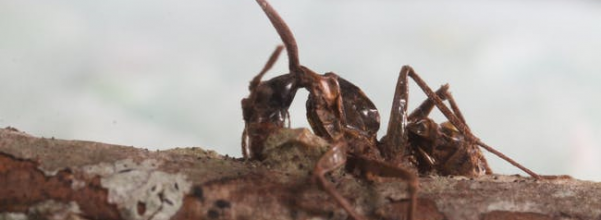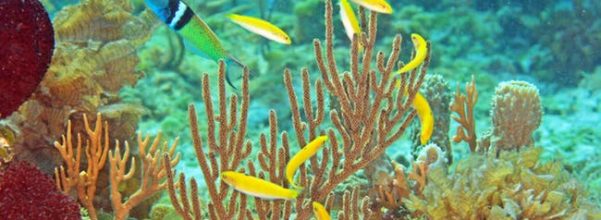WEIRD ANIMALS
“I have to care as much about cockroaches as I do elephants.” By Nina Pullano – If you’re one of the 1.4 million people who follow Joel Sartore on Instagram, you’ll notice the National Geographic photographer is a prolific poster of all kinds …
Coooool. By Justyna Anna Nalepa-Grajcar – What if I told you that there is a good chance you are carrying a parasite that is transmitted through cat poo? Two billion people around the world carry Toxoplasma gondii, so there may be more than …
Songbirds like sparrows and warblers saw the largest drop in population. By Nina Pullano – Whether or not you believe we’re in the middle of a sixth mass extinction, data shows that wildlife is suffering. Worldwide biodiversity loss threatens global ecosystems, and it …
By Ben Coxworth – The majority of the environmental DNA found in the study came from eels – although not necessarily giant ones. mikelane45/Depositphotos. – Last year, we heard about a scientist who was headed to Loch Ness to search for the monster’s DNA. …
By Michael Irving – The new whale species, Berardius minimus, in the wild. Tadasu K. Yamada et al., Scientific Reports. – New species turn up on Earth with surprising regularity, but most of the time they’re small, like ants and tarantulas. You’d be forgiven …
By Matt Kennedy – Research suggests that gull embryos can communicate important environmental information to each other before hatching. (Credit: vetal1983/Depositphotos). We know baby birds communicate, often loudly, and mostly about food, but a new study suggests they can also communicate with each …
Scientists uncover two explanations for its dramatic final act. By Emma Betuel – Zombification may be the stuff of science fiction for humans, but for insects, getting zombified is a very real threat. Scientists and Planet Earth afficionados may recall the cases …
An animal behaviorist explains the science behind a “dogpersonship.” By Paul McGreevy – The news of a fatal dog-bite incident in Melbourne recently has shocked dog lovers around the country. A 61-year-old man was dead by the time police arrived at the …
There’s a very good reason we spend a third of our lives passed out. By Sarah Sloat – Birds do it, bees do it, even educated fleas do it: No, they don’t fall in love, they sleep. However, exactly why all animals with …
At least one species can switch from female to male within ten days. By Sarah Sloat – For the majority of organisms, sex is not something that can be changed. This is not true, however, for a fish called the bluehead wrasse. These …
